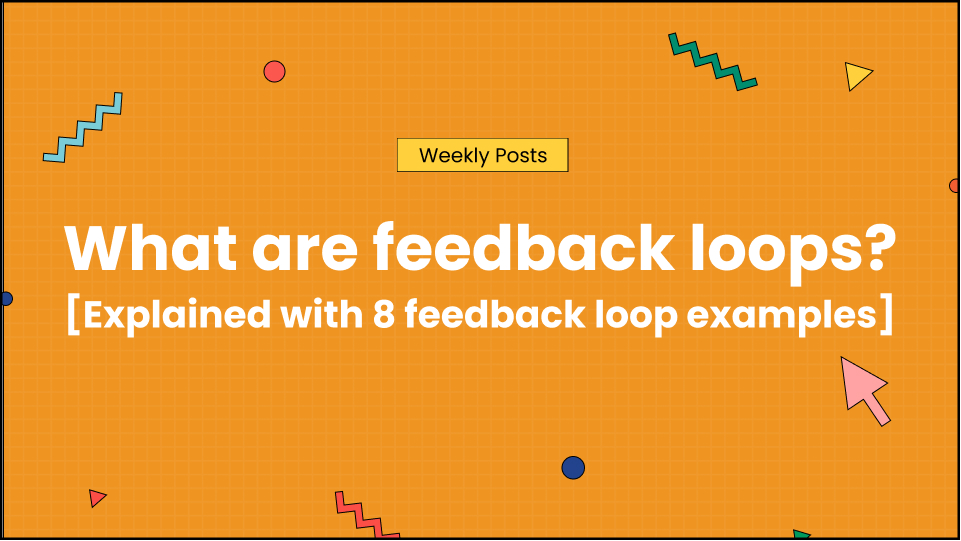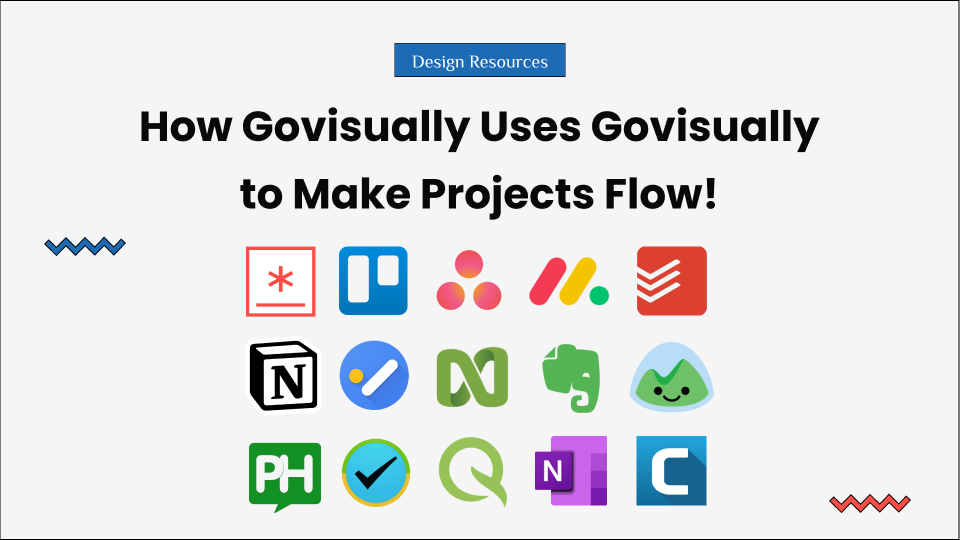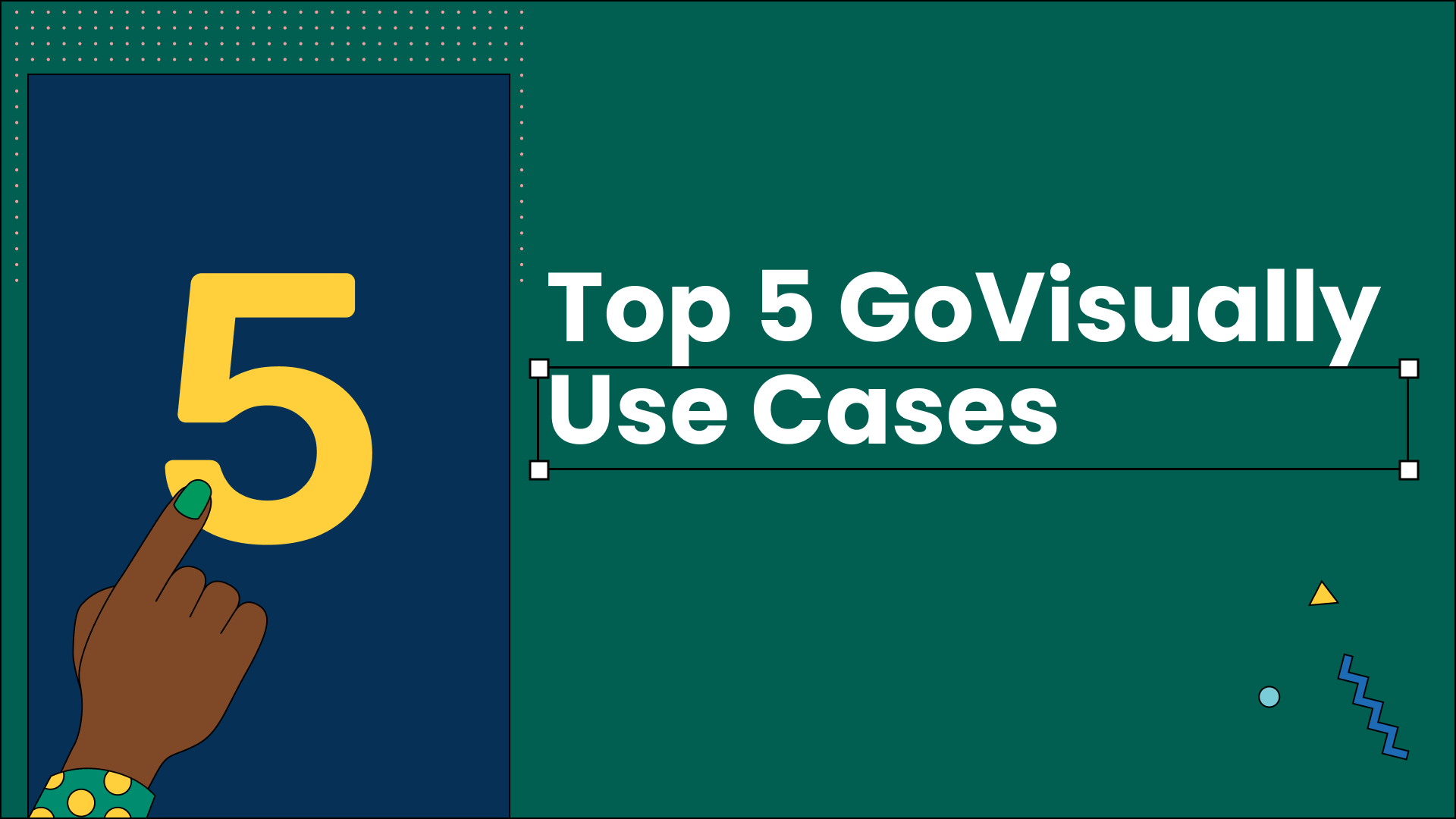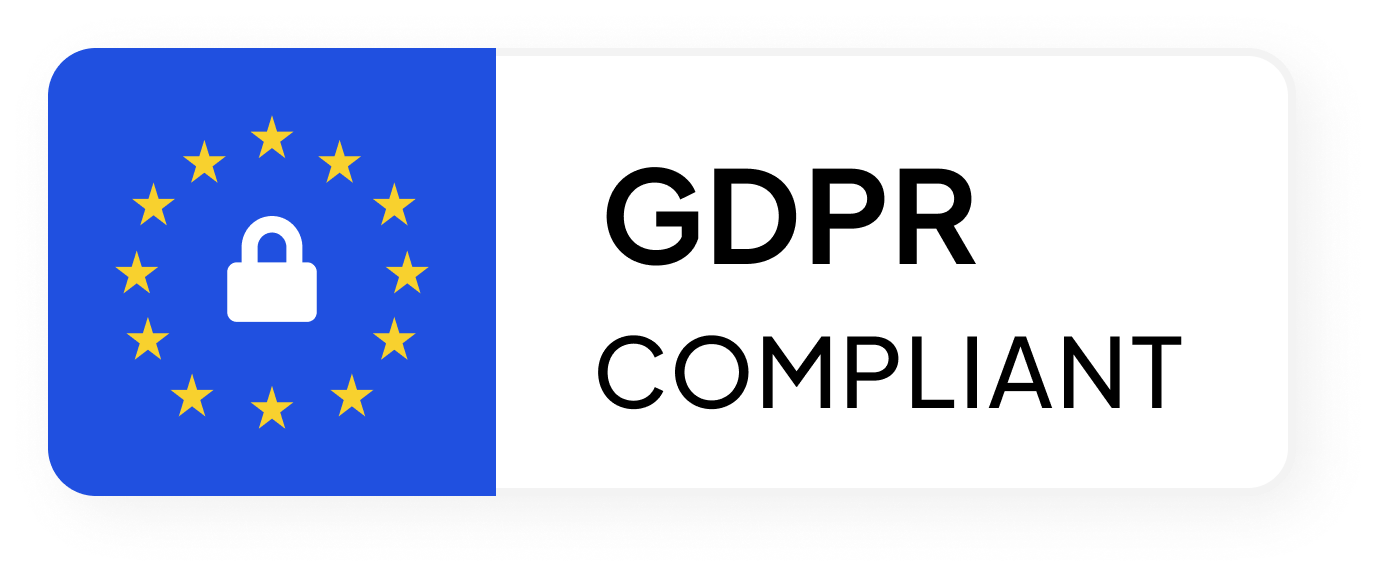From creative feedback to customer feedback, management feedback, and beyond, feedback loops can provide valuable insights and drive continuous improvement.
The catch is figuring out the secret ingredient that makes a feedback loop impeccable and aligned with modern work models.
In this blog, we’ll dive into feedback loops, exploring what they are, how they work, and why they matter. We’ll also share eight real-world feedback loop examples illustrating how they can be used in different contexts.
So, buckle up to learn how feedback loops can help you optimize your work cycle and achieve your goals!
Table of Contents
What is a feedback loop?
A feedback loop is a process where the output of a system is fed back into the input, resulting in a cycle of cause and effect. In other words, the output of a system influences its input, which in turn affects the output, and so on.
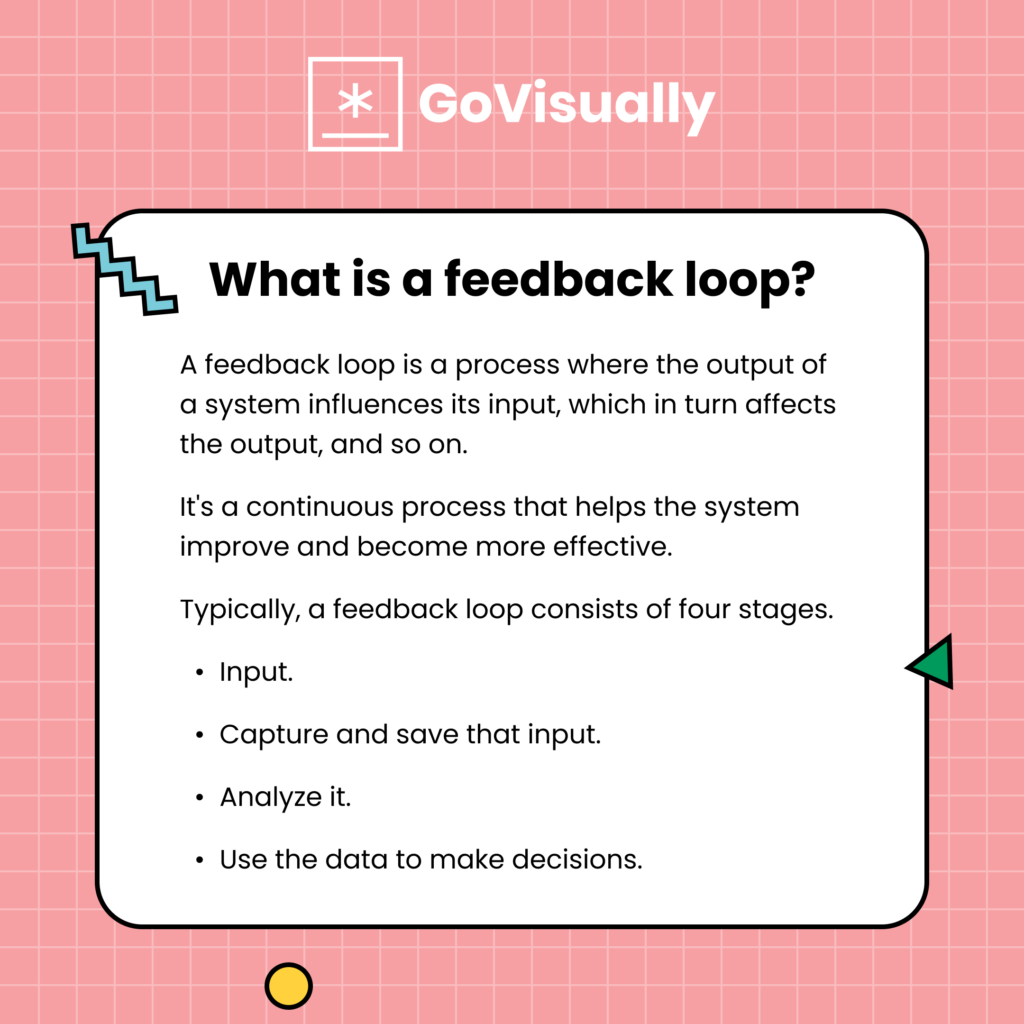
Typically, a feedback loop consists of four stages.
- First, we create input.
- Second, we capture and save that input.
- Third, we analyze it.
- Fourth, we use what we learned from analyzing to make decisions.
- It’s like a continuous process that helps the system improve and become more effective.
There are also two types of feedback loops based on how the input is utilized:
Positive feedback loop
A positive feedback loop is a self-reinforcing cycle in which the system’s output amplifies the input, leading to further growth or escalation.
Positive feedback loops are often seen when a small change or disturbance triggers a chain reaction. Whether you’re a creative professional or a business strategist, your organizations can use feedback loops in many ways for better performance.
An example of a useful positive feedback loop is social media’s “echo chamber” effect.
When people are exposed to information confirming their beliefs, they tend to share it with others with similar views, leading to a cycle of confirmation bias and amplifying extreme or polarizing views.
Negative feedback loop
A negative feedback loop is a type of feedback loop where the output of a system works to decrease or counteract any changes in the input. In other words, the system seeks to maintain a state of equilibrium or stability.
There are several examples of negative feedback loops in nature and human biology, like blood sugar regulation and maintaining temperatures.
But since businesses operate more on positive feedback loops, we’ll spare you the jargon and science rambles and get real-world examples of how you can use positive feedback loops to maximize review and approval productivity in your business.
8 feedback loop examples – how they work in action
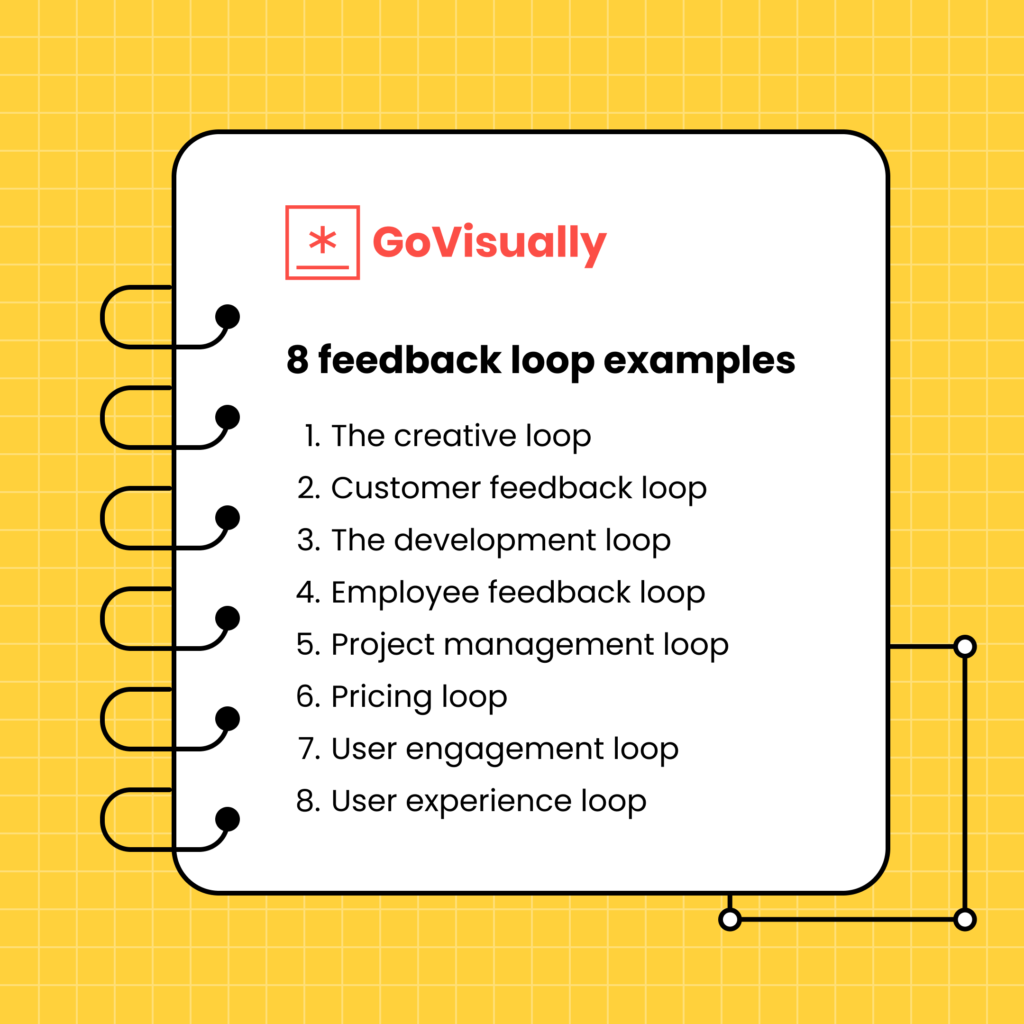
1. The creative loop
The creative loop involves collecting feedback on creative content, analyzing it, implementing changes, and restarting it until everyone is satisfied with the final product.
This feedback loop can be internal or external, and it continually helps creatives improve their work based on stakeholder feedback.
For example, a graphic designer creates a logo for a client. The designer presents the initial design to the client and collects feedback on what they like and dislike. The designer analyzes the feedback, makes changes, and presents a revised design.
The loop continues until the client is satisfied with the final logo design.
2. Customer feedback loop
A customer feedback loop involves collecting customer feedback about their experiences with a product or service.
The feedback is analyzed, and changes are made to improve the product or service to meet customer needs better. The loop restarts as the updated product or service are re-released, and feedback is collected again.
This can be implemented both on a macro and micro level for businesses.
Like a restaurant collects customer feedback on its dining experience, it uses it to change the menu, decor, and service. The restaurant then collects feedback to ensure the changes have improved the customer experience.
3. The development loop
The development loop involves developers creating code or software, testing it, and receiving user feedback.
The feedback is then used to make changes to the code or software, and the updated version is tested again. This loop continues until the code or software is stable and meets user needs.
When a software development team creates a new app, they test it and collect feedback from beta users. The team then analyzes the feedback, makes changes to the app, and releases an updated version for further testing. The loop continues until the app is stable and meets user needs.
4. Employee feedback loop
An employee feedback loop involves managers collecting feedback from employees on their experiences working for the company.
The feedback is analyzed, and changes are made to improve the employee experience. The loop restarts as the changes are implemented, and feedback is collected again.
Typically, a company collects employee feedback on job satisfaction, working conditions, and growth opportunities. Then uses this feedback to change policies, benefits, and work environment.
The company then collects feedback again to ensure that the changes have improved the employee experience and it continues. Such loops are often never-ending since employee needs and workflows change with changing times and modern technologies (e.g., the remote working boom from 2020.)
5. Project management loop
The project management loop involves managers collecting stakeholder feedback on a project’s progress. Using creative project management software makes the workflow 10x better for digital creators.
In other industries, like construction, a construction project manager collects feedback from stakeholders on the progress of a building project.
Then uses this feedback to change the timeline, budget, and resources. The manager then collects feedback to ensure the changes have improved the project’s outcomes.
6. Pricing loop
The pricing loop involves companies collecting customer, competitor, and other stakeholders’ feedback on their pricing strategy.
The feedback is analyzed, and pricing changes are made to meet customer needs better and stay competitive in the market. The loop restarts as the pricing strategy are adjusted, and feedback is collected again.
For example, a retail company collects customer feedback on its pricing strategy. The company uses this feedback to adjust its prices and monitor the market to stay competitive. The company then collects feedback to ensure the changes have improved customer satisfaction and sales.
7. User engagement loop
A user engagement loop is a feedback loop that helps businesses to understand how engaged their users are with their product or service. It involves analyzing how users interact with a product and then using that information to make changes that will increase engagement.
This can include tracking how often users log in, how long they spend on the product, and what features they use the most. Once this data has been collected, it is analyzed to identify patterns and trends.
A successful example is how Meta analyzes user behavior to improve engagement on Facebook and Instagram.
They track what posts users interact with most, what times of day users are most active, and what types of content are most likely to be shared. They then use this information to make changes to the platform, such as adjusting the algorithm that determines which posts users see first in their feed.
8. User experience (UX) loop
The UX feedback loop is similar to the user-engagement loop. However, it focuses more on understanding how users feel about a product or service.
The first stage of the user experience feedback loop is to collect feedback from users. This can be done through surveys, user testing, or social media monitoring for user feedback.
Once this feedback has been collected, it is analyzed to identify common themes and issues. For example, if users consistently report that a certain feature is confusing or difficult to use, the business can investigate why and make changes to improve the feature.
One real-world example of a user experience feedback loop is how Apple collects user feedback through its customer support channels. When users contact Apple with a problem, the company collects information on what went wrong and how it can be fixed.
This information is then used to improve future products and services, with Apple often releasing updates that address common user complaints.
GoVisually – the #1 feedback loop software that leaves no loopholes!
By incorporating feedback loops, you can gather valuable data on user experience, employee performance, and customer satisfaction, among other metrics.
However, with the increase in remote work and the need for real-time collaboration, it is crucial to have efficient and effective feedback software to maximize these feedback loops’ benefits.
This is where the leading feedback loop software comes in!
GoVisually can provide businesses with advanced tools to make feedback loops more productive, efficient, and streamlined.
With features like real-time collaboration, visual annotation, time-stamped commenting, version control, history, and comparison, it’s the ultimate tool for businesses seeking to maximize their feedback loops in today’s fast-paced work environment.
Book a free demo with GoVisually today and experience the power of a truly effective feedback loop.
